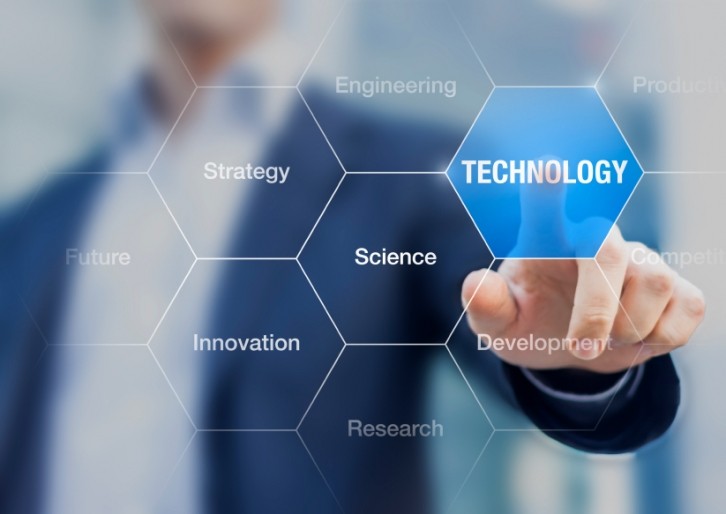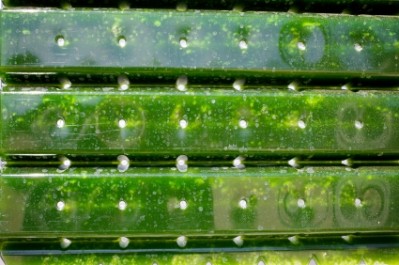Evonik sees profitability gains in sustainable animal nutrition game

The company said it is expanding its product portfolio accordingly to encompass healthy and sustainable animal nutrition.
Evonik’s chief innovation officer, Ulrich Küsthardt, today said the group expects the products and applications developed in the past five years to account for over 16% of sales but he did not put a timeline on that target.
Currently, that NPD constitutes around 10% of the group’s sales.
Evonik, which is active in over 100 countries, generated sales of around €13.5bn and an operating profit (adjusted EBITDA) of about €2.47bn in fiscal year 2015.
But, in March this year, it reported that adjusted core earnings could drop by as much as 19% in 2016, with the company blaming the weak outlook on falling prices for certain feed additives.
Last year, the German chemical giant ploughed an additional half a billion euros into its innovation pipeline.
The amino acid producer said it has also streamlined its approach to R&D, which now includes a more significant portion of larger innovation projects.
New amino acid in portfolio
Some of that innovation capital was invested in the monogastric feed additives side, with last week the group announcing the launch of an L-valine product, ValAMINO.
That product, it continued, represents the fifth essential amino acid in its portfolio for use in pig and poultry feeds, and will help to reduce the use of crude protein in the diets of those animals, without any loss in terms of growth performance.
Evonik claimed this will result in lower feed costs and conservation of natural resources in agricultural feed production, which in turn, it said, reduces land use, greenhouse gas emissions, and potential eutrophication and acidification.
The amino acid is said to have EU wide registration.
Fish oil replacement
Today saw the company also strongly play up its long term intention to find alternatives to fish oil for farmed fish diets as well as its goal to continue to fine tune its fishmeal replacement strategy.
Some three-quarters of the fishmeal and fish oil produced worldwide are channeled into aquaculture, representing a major strain on marine resources, said Evonik.
Christoph Kobler, who heads up the Sustainable Healthy Nutrition Product Line at the German firm, said that due to modern fish farming concepts and amino-acid products, it is already possible to achieve significant reductions in the proportion of fishmeal used in feeds.
The underlying principle behind the fishmeal replacement strategy, he said, is to selectively add amino acids such as methionine and lysine to vegetable-based feeds, improving them to the point where salmon and other marine animals can make optimum use of them.
However, the development of sustainable alternatives to fish oil is slightly more challenging.
And, as global supplies of fish oil remain static or decline and demand for aqua feed grows over the next decade, so too does the need to find alternative sources of Eicosapentaenoic acid (EPA) and docosahexaenoic acid (DHA), which are an essential factor for human health.
If viable fish oil alternatives can be found it “would mean that it would be possible to entirely eliminate the use of marine resources like fishmeal and fish oil in the production of fish feed,” said Kobler.
Last year, we reported on the tie-up between Evonik and DSM aimed at using sustainable biotechnological methods to harness marine algae in the production of omega-3 fatty acids.
No further details were forthcoming about that project today.
Recent months have seen other producers releasing algae derived sources of DHA only replacements for use in aqua feed.
A partnership between Bunge Limited and TerraVia has generated such a product and Alltech is working on algae based DHA feed technology as well.
Shrimp feed additive
Meanwhile, in March, production at Evonik’s Antwerp facility for its new methionine source, Aquavi Met-Met, got underway.
The product, a dipeptide comprising two methionine molecules, will initially be available for shrimps and crustaceans but its efficiency is currently being tested for other species, said the company.
Evonik said Aquavi Met-Met, which is backed by a series of feeding trials with shrimp producers in Asia and Latin America as well as studies with universities and scientific partners, is aimed at boosting the efficiency and sustainability of shrimp farming.















